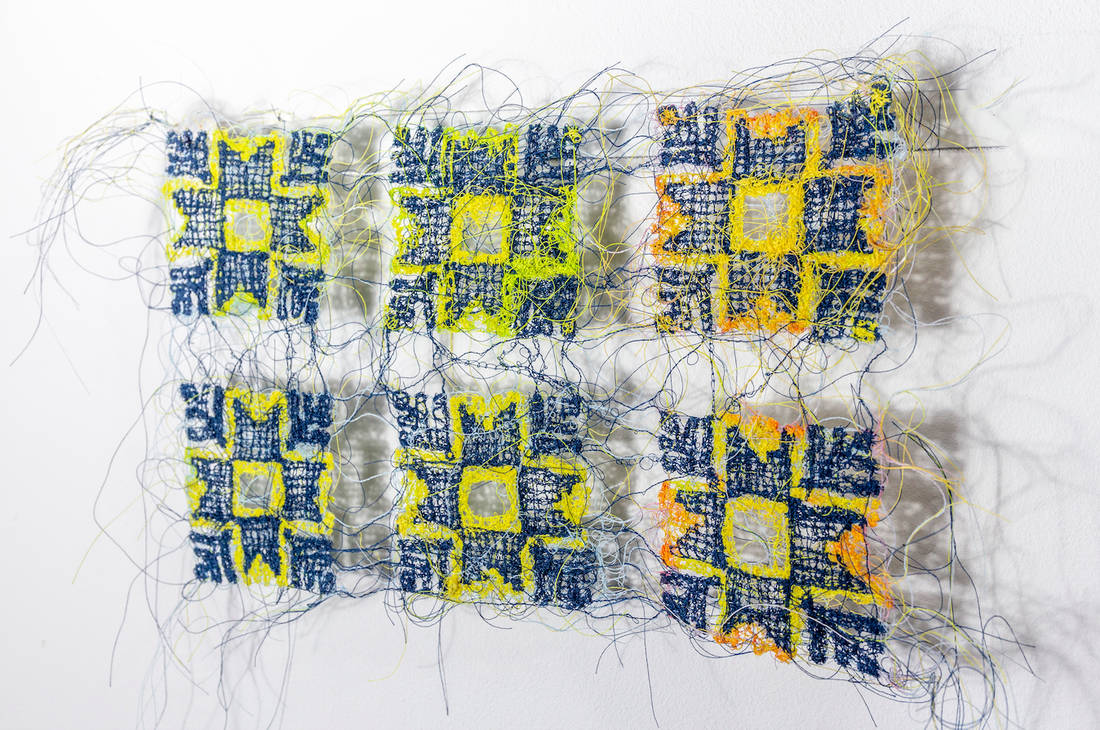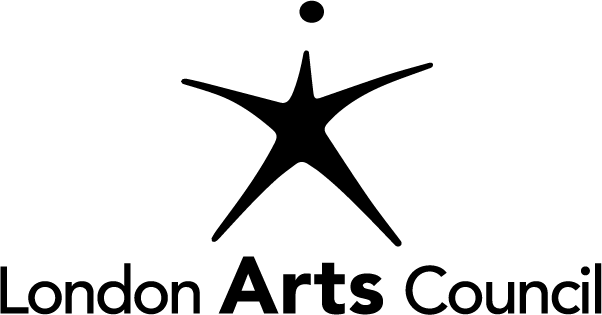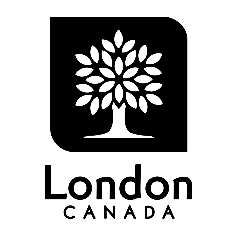
Transgressed Boundaries I, 2020
ECH: Tell us a little about yourself. Briefly describe your practice.
I am a multi-disciplinary visual artist based in Toronto. As a trilingual woman who grew up in diverse communities in the Middle East and North America, I use my art to question conceptual ideas of self-identification, social constructs, culture, ancestry and home. These ideas are engaged in an ongoing way through my process and development of diverse materials and forms.
Since graduating with a BFA in New Media from Ryerson University in Toronto, I have attended Arquetopia’s instructional residencies in Oaxaca and Puebla in Mexico, as well as in Cusco, Peru. In 2016, I also attended the Takt Art Residency in Berlin and in 2019 completed a studio residency at the Museum of Contemporary Art in Toronto, which concluded in a group show. Most recently, I have been invited to take part in the international mentorship program at the Arquetopia Foundation. My work has been exhibited nationally and internationally and is part of various art collections around the world.
ECH: What role does your cultural identity play in your work?
My art practice takes root in exploring my relationship with my ancestry and the ways in which I self-identify. Having lived a transient life, I use my art to question the varying and sometimes opposing narratives that are used to support different social constructs. Feeling torn between ideologies lead me to question the basis from which I draw knowledge and establish belief systems. The process of ripping and pulling things apart, removing the foundation (fabric), and manipulating material in unexpected ways taught me that there is an infinite number of ways in which something can exist and that the form it takes is dependent on the perception of the viewer. In these ways my cultural identity can be seen as a source of inspiration.
ECH: As a person of colour, what challenges do you face navigating the art world?
Although it is impossible for me to completely understand the thoughts of the people and organizations I have dealt with, I have often felt tokenized and politicized, reducing me and my practice to one part of my identity, that of being Palestinian, which in turn is flattened into a “political issue”, a contentious topic to say the least. I have often felt transformed into a body/museum piece that is responsible for representing and speaking for all Palestinians. This being said, I presume that a lot of art spaces are not ready to welcome a contentious identity which therefore leads to not feeling “seen” in the art world.
ECH: Could you share a little bit about your experience during the pandemic?
The pandemic served as a time for me to focus on my craft, as well as, to observe and reflect on the political and social turmoil that occurred on national and international levels. In many ways it was a transformative time that pulled me away from the social distractions and obligations of the art world. To be completely forthright, I have yet to form conclusive thoughts on the full effects of the pandemic on my practice.
ECH: If any, can you tell us about your connection/experience/history with the Embassy Culture House?
In 2021, the Embassy Cultural House invited me to take part in their online exhibition for International Women’s Day: Go; Rise and Strike. I also have an artist page in their Contributor section online, not to mention, Jamelie Hassan is an artist that I admire.
ECH: Do you think a dedicated “Asian Heritage Month” in Canada is still relevant? If so, could you give an example of how it is a benefit to you and the general public? If not, could you offer an alternative approach for rethinking this month and/or raising awareness of Asian cultural issues?
My hesitation concerning the idea of designating a month to a minority group is that it doesn’t end up centring the group in question but rather centres the relationship of the majority group to the minority group which, in other words, means the majority group is still at the centre of the equation. This also, in a way, allows them to shield their guilt from discriminating against these groups throughout the rest of the year which has the potential to be more damaging in the future. An alternative would be to have continuous awareness on Asian cultural heritage throughout the year.


















